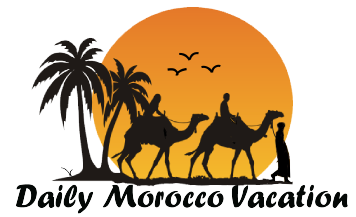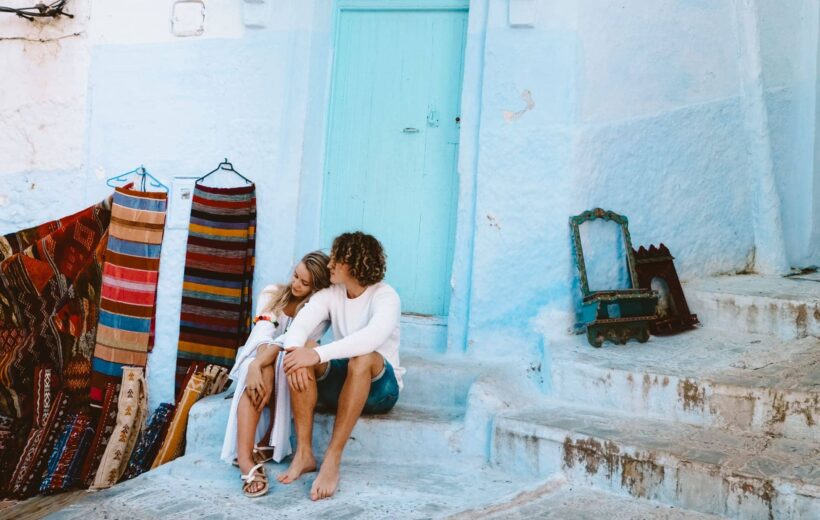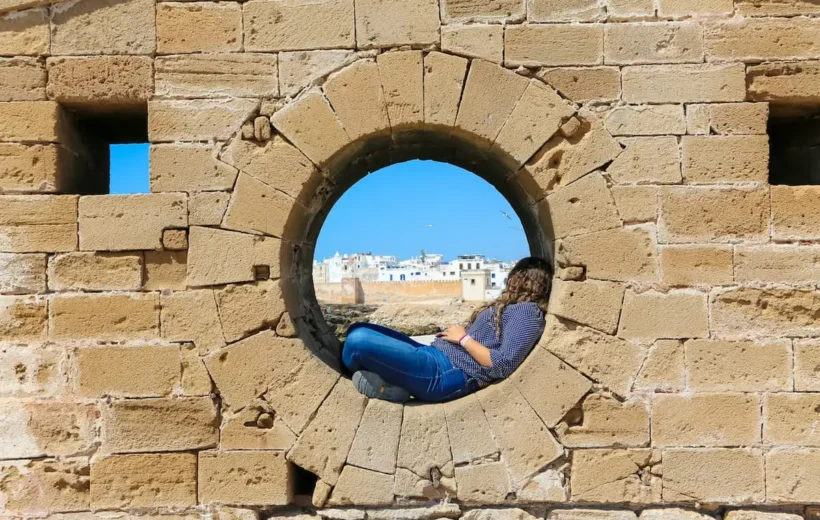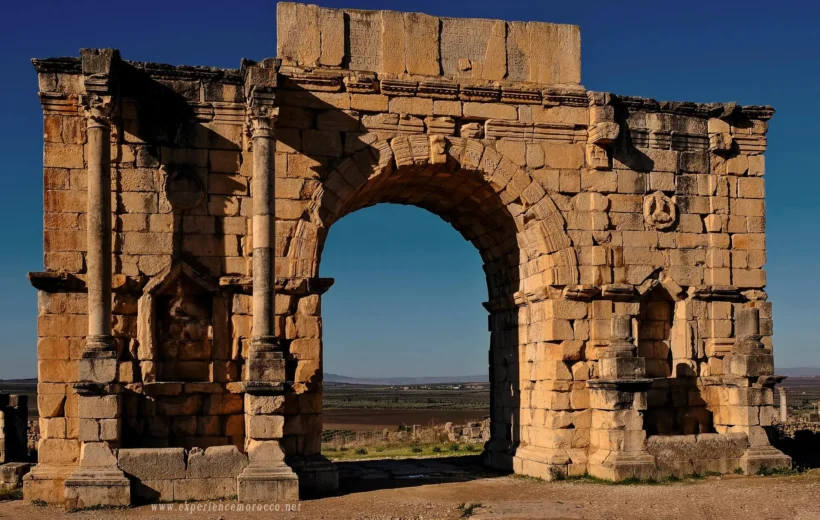Morocco, the land of colors
Morocco, the land of colors because Morocco’s vast and diverse landscape makes it a great gateway, from the marvelous beaches of the Atlantic Ocean to the spectacular Atlas Mountains and the golden desert of the Sahara.
Not just for that, the country is also home to some featured cities, each adding to Morocco’s unique charms.
Something especially striking about Morocco is its rich and vibrant colors. You can expect to cover all aspects of colorful Morocco in a single trip!
Chefchaouen, the Moroccan blue town:
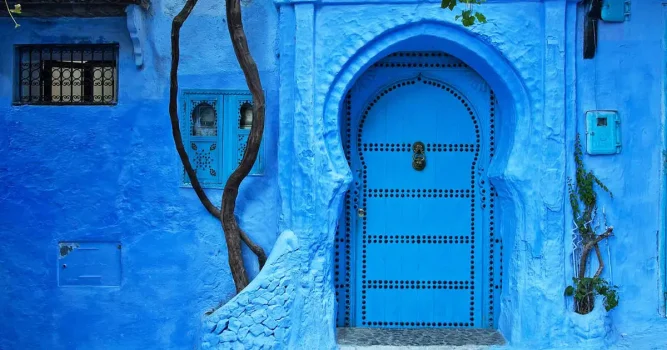
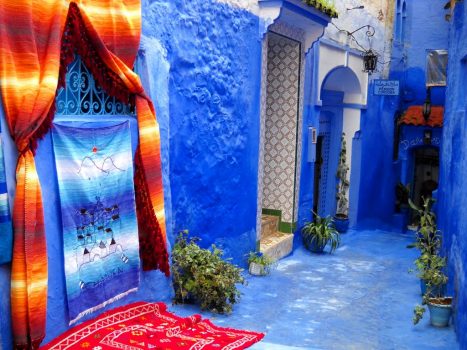
Without a doubt, Chefchaouen, nicknamed the “blue pearl of Morocco”, can be included in the list of the worlds most Instagrammable destination for its gorgeous blue alleyways and blue-washed buildings.
Rif Mountains
Nestled in the dramatic Rif Mountains of northern Morocco, the city boasts one of the country’s most charming medinas. Each alley has been painted with all shades of blue, which offers a beautiful backdrop for tourists to lay in the influencers-perfect shots.
There is a lot of different versions on when or why the city’s walls were painted blue.
Some say it was painted blue by the Jews in the 15th century or after the 1930s, because the color blue represents the sky In Jewish beliefs, while others just say it’s to ward off the mosquitoes, who apparently read the color as clear water and don’t like being in the water itself.
Anyway, it seems to have worked out well for this Chefchaouen, and the whole city looks so good in blue.
There is no need to worry too much about seeing any particular sights in this blue city. It is a perfect place to wander and take photos.
You can go for a walk within the ancient city walls to see how the locals really live or sit down to relax with a steaming glass of mint tea at a street cafe. Actually, Chefchaouen is so much more than what we see on Instagram though.
Marrakesh, the Moroccan red city:


Marrakech, the first of Morocco’s four imperial cities (the three others are Fes, Rabat and Meknès), is located in the southwest of Morocco in the foothills of the Atlas. Quite simply, Marrakesh is called the “red city” in reference to the red colour of its ramparts and sandstone buildings.
Actually, people from other Moroccan cities call the city Al Hamra, which means red in Arabic. As the sun sets, the color deepens and the entire urban landscape takes on a romantic pink shade of its own. I wonder if it looked great hundreds of years ago.
The red walls stretch for some 19 kilometers around the ancient section of the city, known as the medina, which was designated a UNESCO World Heritage site in 1985.
Within, various buildings are also mostly tinted with natural red clays, from palaces to mosques, folk houses, and public spaces. They were built by the Almoravids in the 12th century, and the red beaten clays from the earth around Marrakesh were used in the construction.
This kind of soil contains a high percentage of iron content, which is responsible for its color
The Sahara wilderness with golden orange sand dunes:
When we think of the Sahara desert, a completely similar picture – an endless sea of golden orange sand dunes – can come into our minds. The largest hot desert in the world stretches from Egypt to Morocco with 9.4 million square kilometers of desert terrain, comparable in size to the United States (including Alaska and Hawaii).
There are a lot of ergs, or seas of sand dunes formed by the sand blown by the wind, in the Sahara desert of Morocco; and Erg Chebbi is the most impressive for its large dunes.
Up to 150 meters high, the sandy dunes of Erg Chebbi are definitively the Sahara of your dreams. As the sun rises and falls over the dunes, their various hues of orange and golden set against the endless horizon.
To many people, a big reason for heading to Morocco is to make a desert trip there. While there are many ways to visit Sahara, what better way than to ride a camel through the never-ending golden sand dunes.
This is an adventure at its finest, a highlight of any North African journey.
Sitting on a camel’s back along the steep edge of sand dunes, you’re led into the depths of the vast desert and it’s easy to feel like a nomad for a few moments. Furthermore, there is a good chance of spending a night in a desert camp under the African starry sky.

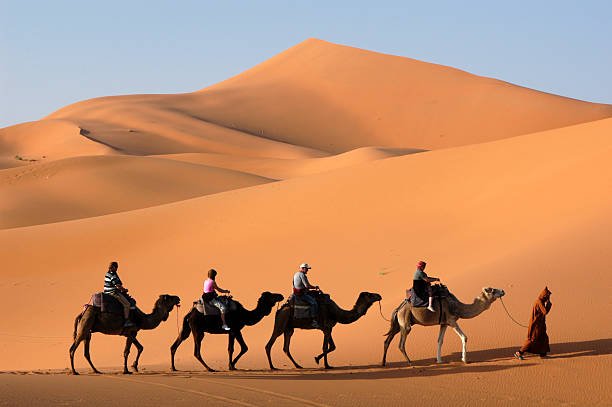
White Snow-capped Atlas Mountains:
Africa is the continent we hardly associate with snow, and something like white snow-capped mountains usually isn’t part of the picture. But the High Atlas, which is a mountain range in central Morocco, is one of the few exceptions to this.
There are a number of peaks over 4000 meters high in the Atlas Mountains range, and with an altitude of 4167m, Mount Toubkal is the highest one in the Atlas Range (and even all of Morocco and North Africa).
Snow falls between November and April but can last well from September to June in the peaks. It is a sight to behold.
Located just around 40 kilometers outside of Marrakech, Mount Toubkal is a relatively accessible mountain. It can be a fantastic place to be in the winter (December to March).
A winter climb up to the snow-covered mountain can be an unforgettable experience, and what’s more, there offers surprisingly good skiing with varying degrees of difficulty at the ski resorts.
During the trip, you will come in contact with the local population of the Atlas Mountains, the Berber people, and become acquainted with their culture.
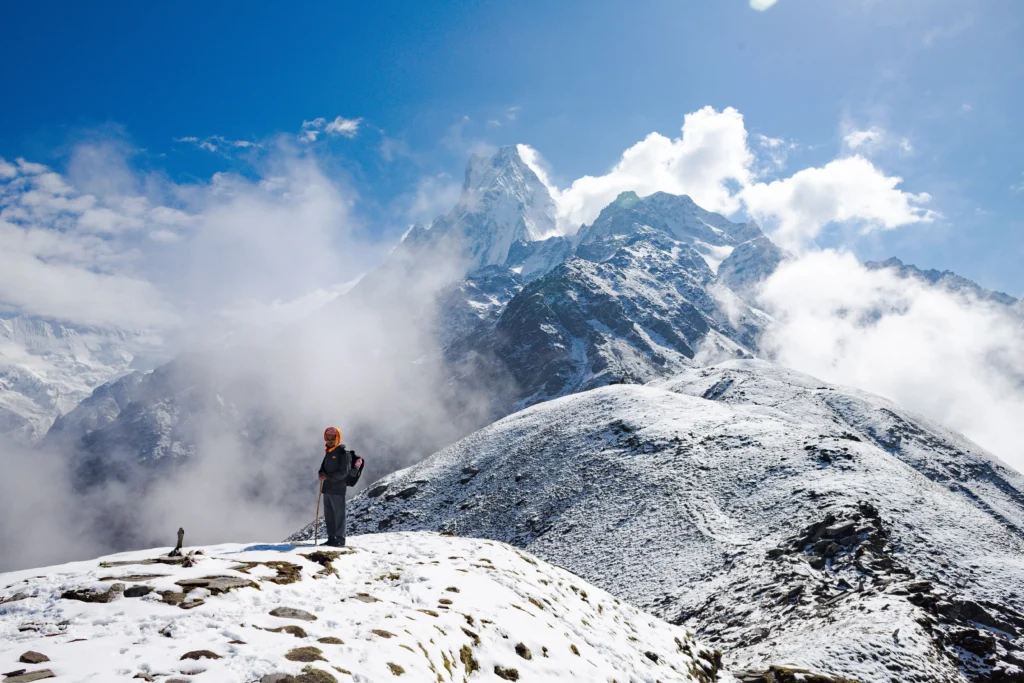

Casablanca, the White City of Morocco
No one can deny the call of Casablanca, thanks to the famous film of the same name (although Casablanca the film was really shot not in the city but in a Hollywood studio).
Casablanca – also known as Dar el Baida or simply Casa – is by far Morocco’s largest and most modern city located on the same stretch of Atlantic coastline as the country’s capital Rabat.
Just looking at the city, you can easily know why Casablanca, meaning “white house”, got its name. The city center is fairly impressive with a sweep of white colored high buildings along broad boulevards, including the largest mosque in Morocco – Hassan II Mosque.
The city name derives from the Portuguese word Casa Branca (branca “white”, casa “house”), which was named after a small white building built by the Portuguese who came to the region in the early 16th century.
The Spanish later renamed it Casablanca, which is still being used today. This cosmopolitan, white-walled city has become a go-to destination for business and leisure tourism.
We fully understand that you definitely want to make a Morocco trip with a company who’s not only reputable but who has local guides as well. Odynovo specializes in offering customized package tours with award-winning service.
